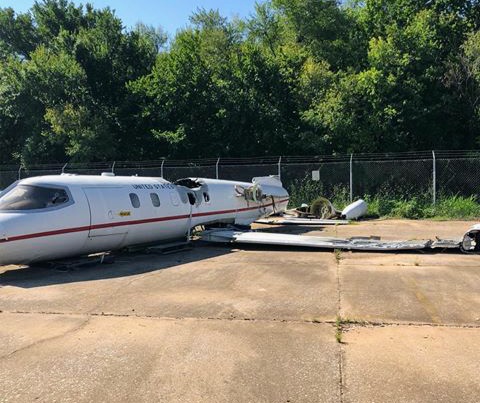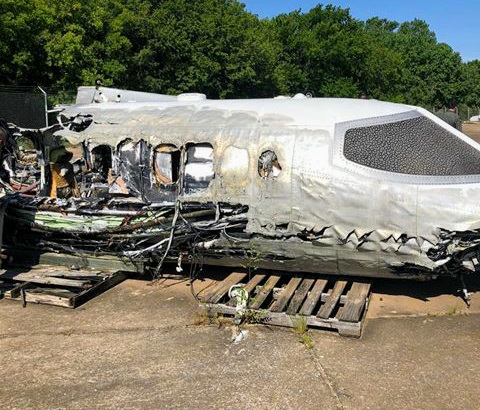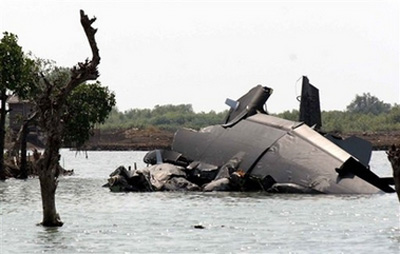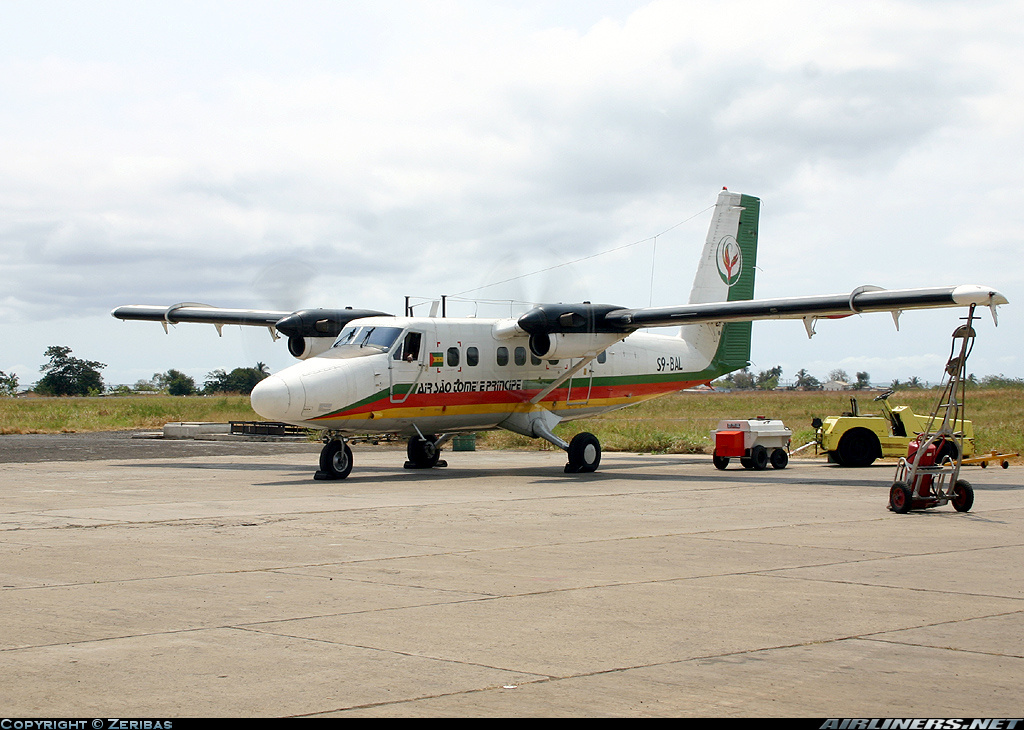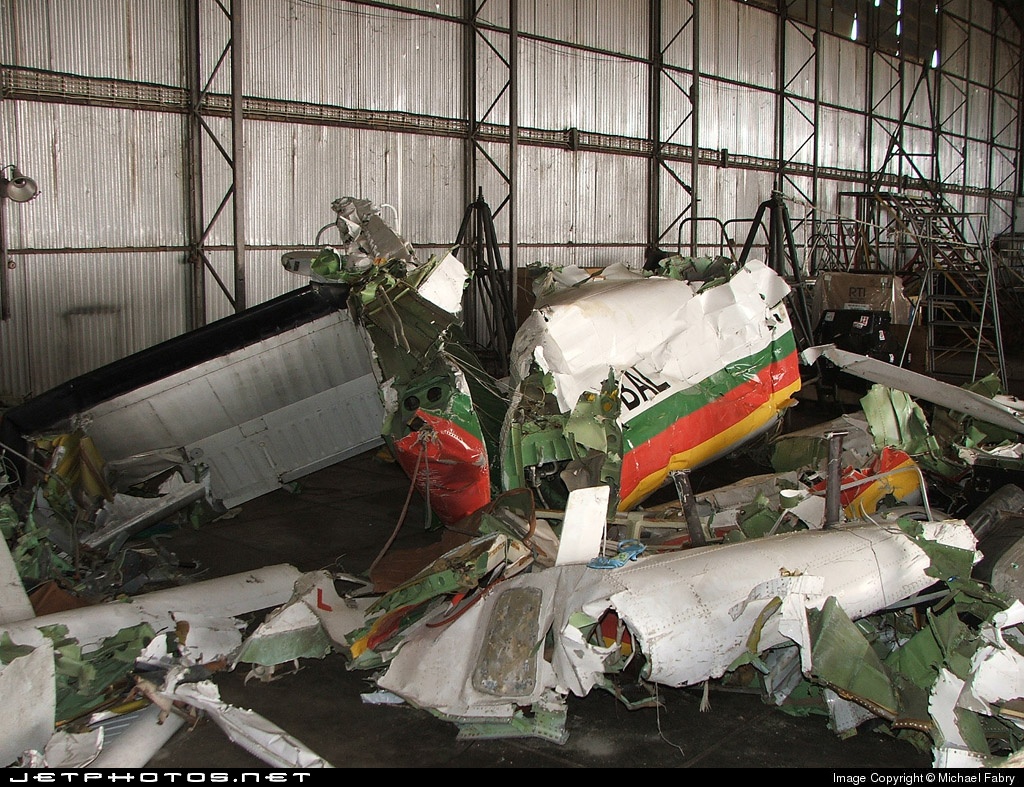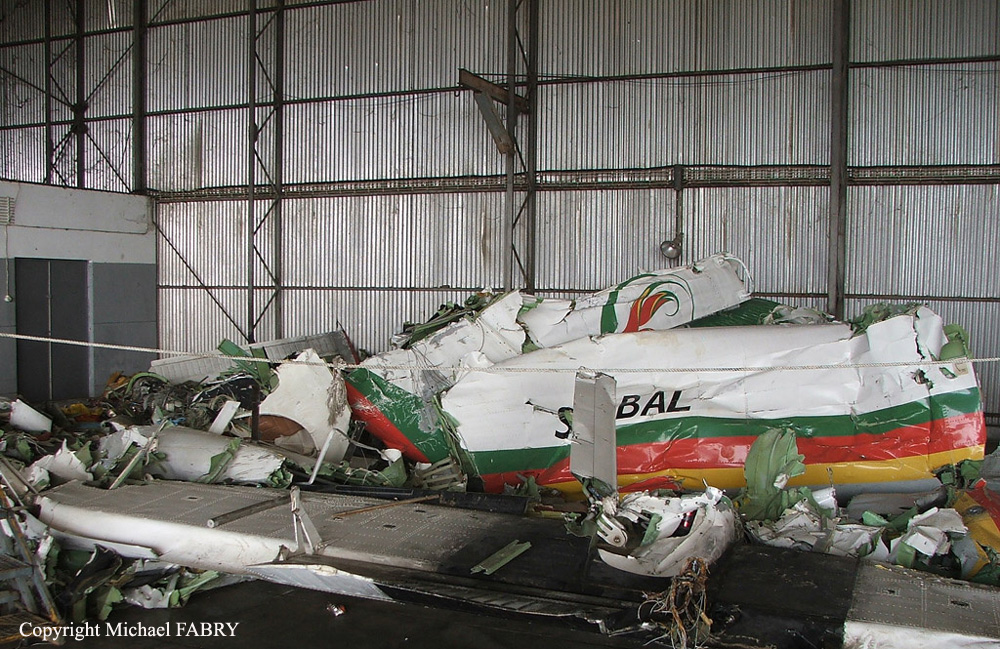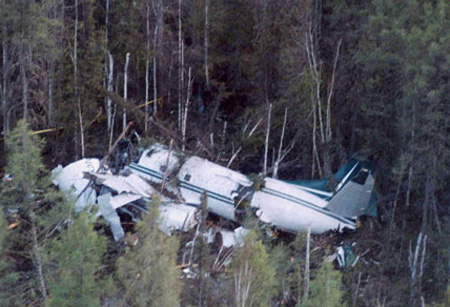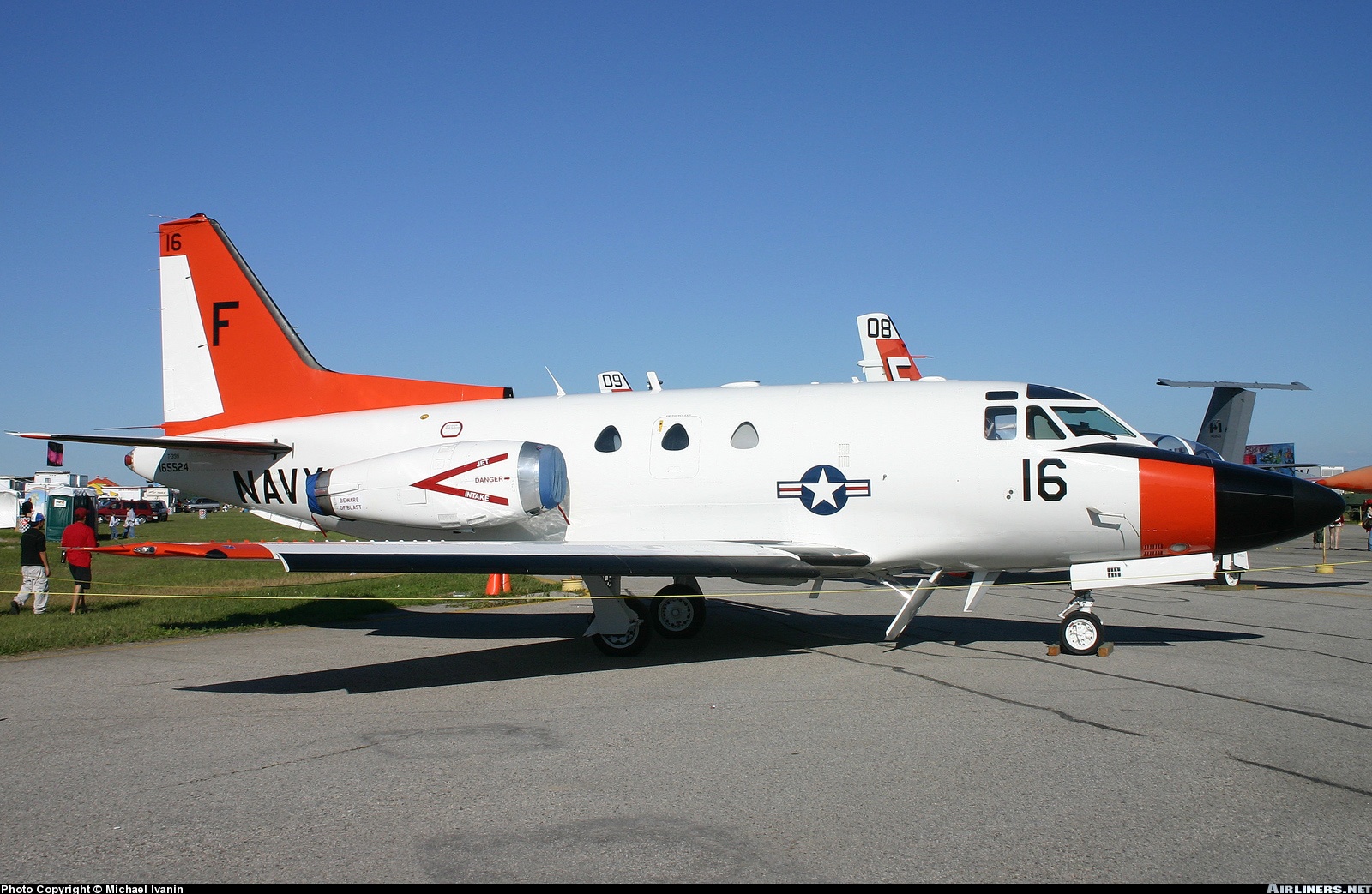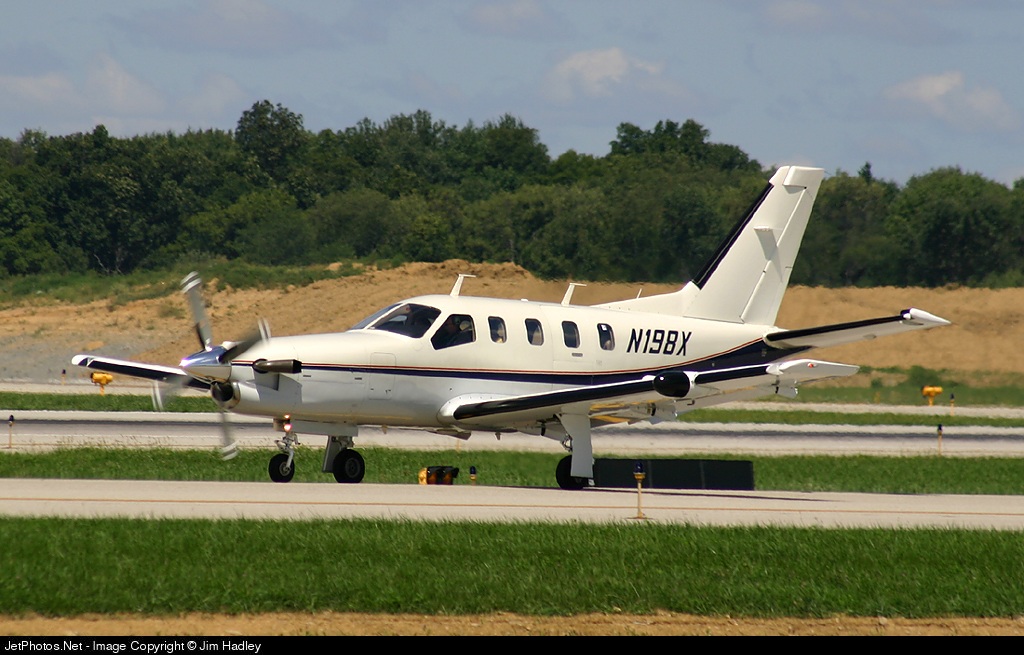Crash of a Learjet C-21A in Decatur
Date & Time:
Oct 2, 2006 at 1215 LT
Registration:
84-0066
Survivors:
Yes
Schedule:
Decatur - Decatur
MSN:
35-512
YOM:
1984
Crew on board:
2
Crew fatalities:
Pax on board:
0
Pax fatalities:
Other fatalities:
Total fatalities:
0
Circumstances:
The crew was performing a local training flight at Decatur Airport, consisting of touch-and-go maneuvers. On final approach to runway 24, the instructor elected to simulate a failure of the right engine. Anticipating the touch-and-go procedure, the instructor deactivated the yaw damper system while the aircraft was about 10-20 feet above the runway. As the speed increased, the instructor called out 'speed' twice when the copilot reduced the power on the left engine. The aircraft rolled to the right, causing the right wingtip to struck the ground. The aircraft went out of control, veered off runway and came to rest, bursting into flames. Both pilots escaped with minor injuries while the aircraft was destroyed.
Probable cause:
The crew’s failure to take appropriate action after allowing the aircraft to get 15 knots [17 mph] slow over the runway threshold. Had either pilot taken proper action to go around upon seeing the airspeed bleeding away by advancing power on both engines, this mishap could have been avoided.



